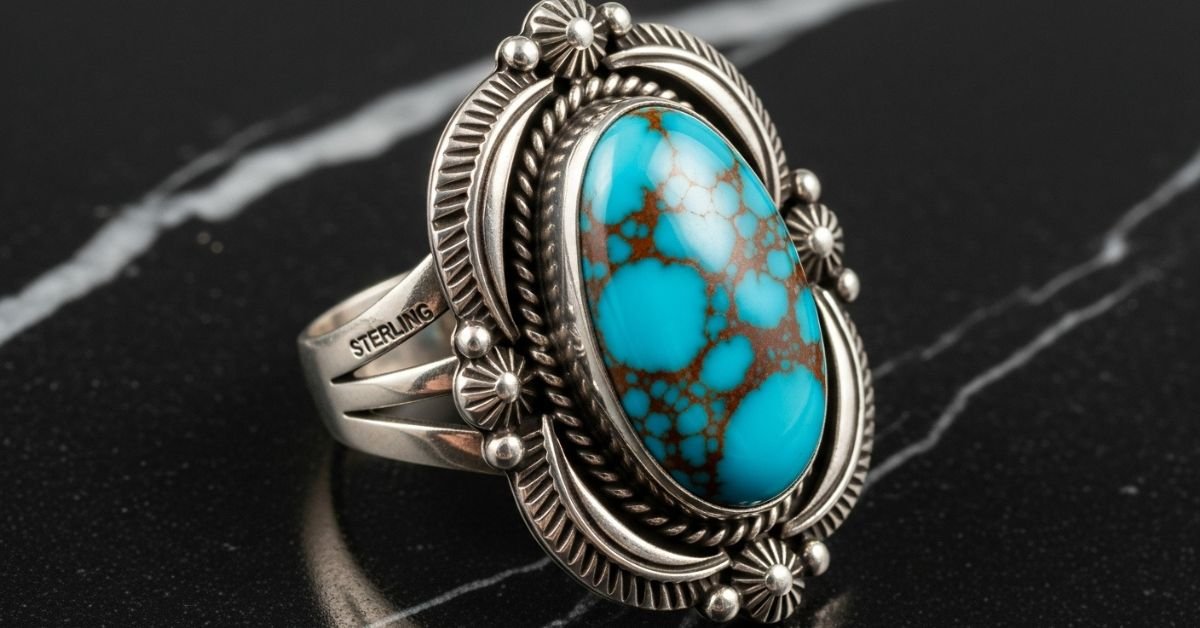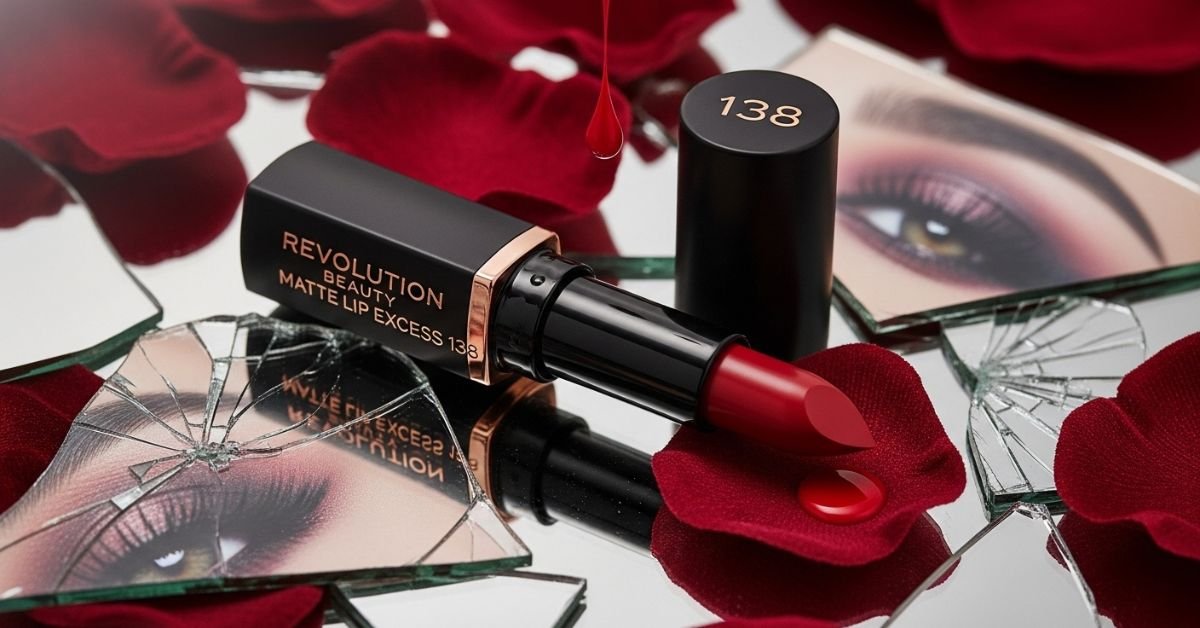Sleeping Beauty Turquoise: Timeless Gem of Pure Beauty
Contents
- 1 Introduction
- 2 The Origins of Sleeping Beauty Turquoise
- 3 Distinctive Features of Sleeping Beauty Turquoise
- 4 Cultural and Historical Significance
- 5 Jewelry Styles Featuring Sleeping Beauty Turquoise
- 6 Market Value and Collectibility
- 7 Caring for Sleeping Beauty Turquoise
- 8 Actionable FAQs – People Also Ask
Introduction
Sleeping Beauty Turquoise is one of the most admired gemstones in the world, cherished for its pure, sky-blue color and minimal veining. Unlike many other types of turquoise that feature matrix lines or patterns, this gem is known for its perfect, robin’s egg hue. Its beauty lies in its simplicity, and its history adds even more depth to its charm.
The gemstone gets its poetic name from the Sleeping Beauty Mountain in Arizona, where it was mined. The mountain resembles a woman lying on her back with her arms crossed, which inspired the name. The turquoise produced at the Sleeping Beauty mine is still one of the most sought-after types, despite its closure in 2012.
Turquoise has long been associated with luck, healing, and protection. But Sleeping Beauty Turquoise holds a special place in jewelry history for its unmatched quality and elegance. Whether set in a gold pendant, silver cuff, or simple earrings, it brings a timeless touch of sophistication.
In this guide, we’ll explore its origins, characteristics, cultural significance, market value, and care tips. We’ll also answer the most common questions people ask about Sleeping Beauty Turquoise to help you appreciate and preserve this gemstone for generations.
The Origins of Sleeping Beauty Turquoise
The Sleeping Beauty Mountain in Globe, Arizona, is the starting point of the Sleeping Beauty Turquoise narrative. The turquoise deposits here were discovered long before large-scale mining began, with Native American tribes using the stone in ceremonial and decorative items for centuries.
In the middle of the 20th century, Sleeping Beauty Turquoise began to be mined commercially. Initially, the mine was focused on copper production, but the beautiful turquoise found alongside copper ore quickly gained attention from jewelers and collectors worldwide. The stone’s unique color — a consistent, bright sky blue without heavy veining — set it apart from other types of turquoise.
The mine’s closure in 2012 was a turning point. It meant that all existing Sleeping Beauty Turquoise would now come from previously mined and stored stones. This instantly increased its value and made it a rare treasure in the gemstone market.
Today, Sleeping Beauty Turquoise is considered not only a gemstone but also a piece of American mining history. It represents a blend of natural beauty, cultural heritage, and skilled craftsmanship.
Distinctive Features of Sleeping Beauty Turquoise
Sleeping Beauty Turquoise is unique for a number of important reasons:
Pure Sky-Blue Color
The most notable feature is its vibrant, even-toned blue. Unlike other turquoise varieties that show brown or black matrix lines, Sleeping Beauty is celebrated for its flawless surface. This makes it a favorite among designers who want a clean, contemporary look.
Minimal Veining
Its lack of heavy veining allows the gemstone’s natural color to shine through without visual distractions. This clean look is why it’s often compared to a piece of the clear desert sky.
Versatility in Jewelry
Because of its simplicity, Sleeping Beauty Turquoise complements both traditional Native American designs and modern fine jewelry. It looks equally stunning in sterling silver or high-karat gold.
High Polish Potential
Sleeping Beauty Turquoise can take a fine polish, enhancing its smooth texture and making it even more eye-catching.
Rarity
Since the mine is no longer operational, every piece on the market comes from existing stock, making it increasingly scarce.
Cultural and Historical Significance
Turquoise has been used for thousands of years by cultures across the globe — from the ancient Egyptians to Native American tribes. Sleeping Beauty Turquoise holds particular significance among Native American artisans, especially in the Southwest, where it is often featured in Zuni and Navajo jewelry.
Historically, turquoise was believed to protect the wearer from harm, bring good fortune, and promote healing. In Native American tradition, it symbolized the connection between earth and sky. The clear blue of Sleeping Beauty Turquoise represents purity, peace, and spiritual clarity.
In the 20th century, it became a staple in Southwestern jewelry, often paired with intricate silverwork. The gemstone’s clean color also made it highly desirable in global markets, particularly in Europe and Asia, where it was seen as an exotic luxury.
Even today, Sleeping Beauty Turquoise remains a cultural bridge — blending traditional artistry with modern design trends. Wearing it is about carrying a bit of history and heritage, not just about being beautiful.
Jewelry Styles Featuring Sleeping Beauty Turquoise
Classic Southwestern Pieces
Sterling silver cuffs, squash blossom necklaces, and concho belts often feature Sleeping Beauty Turquoise as the centerpiece. These pieces highlight traditional craftsmanship and deep cultural roots.
Minimalist Modern Designs
Simple pendants, stud earrings, and delicate rings allow the gem’s natural beauty to shine without overwhelming the wearer.
Statement Necklaces
Larger cabochons set in bold designs create eye-catching statement pieces that work beautifully with both casual and formal outfits.
Mixed Gemstone Jewelry
Sleeping Beauty Turquoise adds a splash of colour and contrast when used with coral, pearls, and diamonds.
Market Value and Collectibility
The price of Sleeping Beauty Turquoise has increased gradually since the mine was closed. Its price depends on several factors:
- Color: The more vivid and consistent the blue, the higher the value.
- Size: Larger, unbroken stones are rare and more expensive.
- Treatment: Untreated natural stones command higher prices than stabilized ones.
- Craftsmanship: Jewelry featuring skilled metalwork or unique designs can significantly increase value.
Collectors and jewelers know that the supply is limited, so demand continues to grow. Because of this, Sleeping Beauty Turquoise is a smart investment in addition to being a lovely adornment.
Caring for Sleeping Beauty Turquoise
Like all gemstones, Sleeping Beauty Turquoise requires proper care to maintain its beauty:
- Steer clear of chemicals: Keep it away from cleaning supplies, lotions, and perfumes that could harm the stone’s surface.
- Gentle Cleaning: Use a soft, damp cloth to clean it. Avoid ultrasonic cleaners.
- Appropriate Storage: To avoid scratches, keep in a soft pouch in a different section.
- Avoid Heat and Sunlight: Prolonged exposure can cause fading.
By caring for your turquoise properly, you can ensure it remains a treasure for decades to come.
Actionable FAQs – People Also Ask
1. Why is Sleeping Beauty Turquoise so valuable?
Its value comes from its pure sky-blue color, lack of heavy veining, and rarity since the mine closed in 2012. Limited supply and high demand have made it a collector’s favorite.
2. How can I tell if my Sleeping Beauty Turquoise is real?
Check for consistent color, minimal veining, and quality craftsmanship. Purchase from trustworthy jewellers and, if at all feasible, ask for certification.
3. Can Sleeping Beauty Turquoise change color over time?
Yes, exposure to sunlight, chemicals, or oils from skin can slightly alter its color. Proper care helps maintain its original hue.
4. Is Sleeping Beauty Turquoise treated?
Some stones are stabilized for durability, especially in smaller jewelry pieces. Natural, untreated stones are rarer and more expensive.
5. What is the best way to wear Sleeping Beauty Turquoise?
It looks great with both professional and informal attire. Try a simple pendant for daily wear or a bold statement cuff for special occasions.














Post Comment